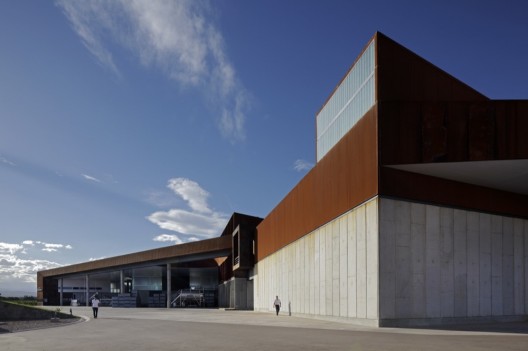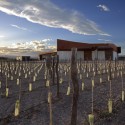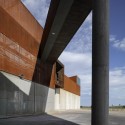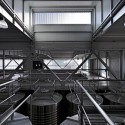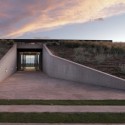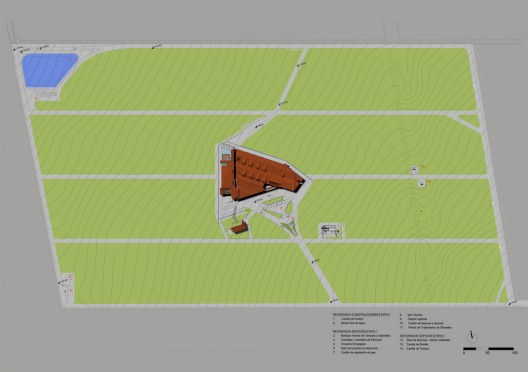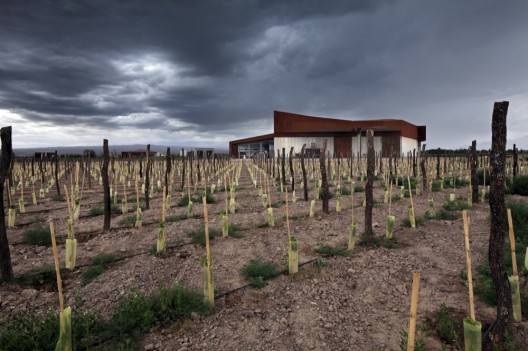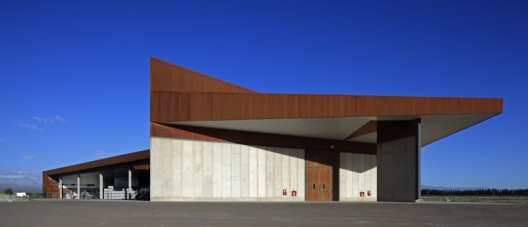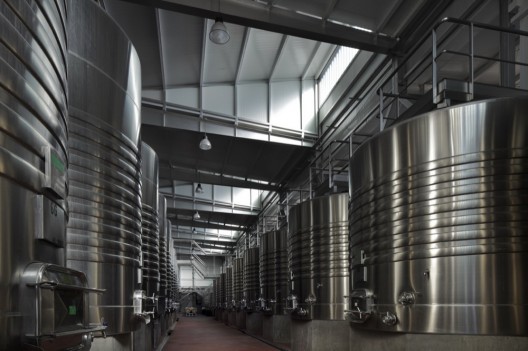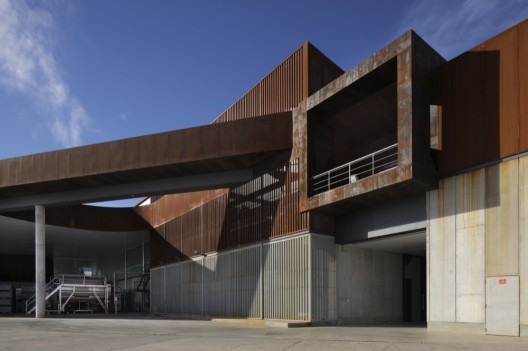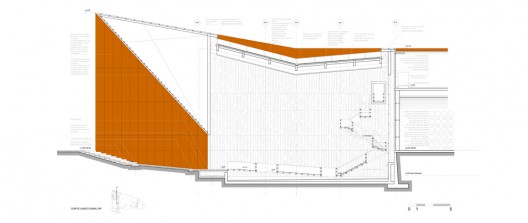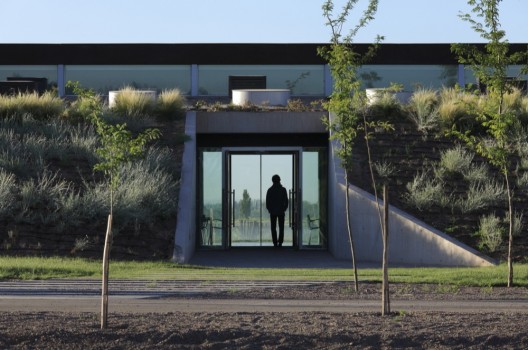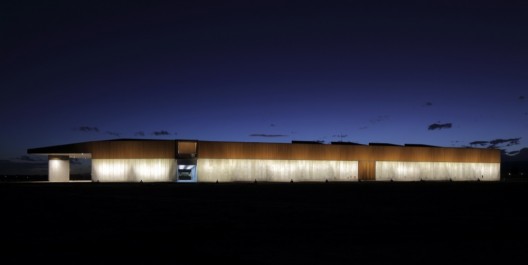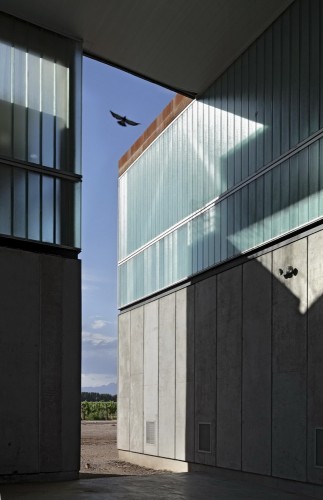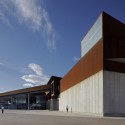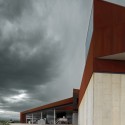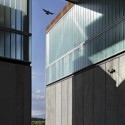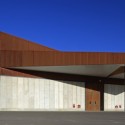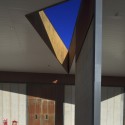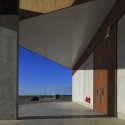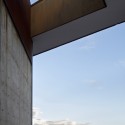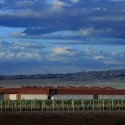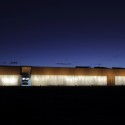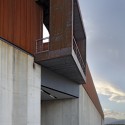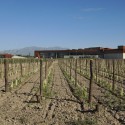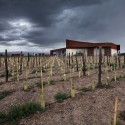-Метки
-Рубрики
- Дизайн (518)
- Интерьер (334)
- Декор (141)
- Концепты и Прототипы (19)
- Мода и Реклама (13)
- Автодизайн (13)
- Мебель (9)
- Сантехника (5)
- Интернет (373)
- Новые Технологии (167)
- Гаджеты (61)
- Лучшее (126)
- Это Интересно (79)
- Люди (79)
- Дизайнеры и Архитекторы (310)
- Фотографы (21)
- Знаменитости (14)
- Камнеобработка (57)
- Материалы (54)
- Бетон (71)
- Металл (25)
- Камень (24)
- Стекло (18)
- Композиты (6)
- Архитектура (51)
- Частные Владения (33)
- СПА и Бани (27)
- Общественные Здания (11)
- Знаменитые Сооружения (10)
- Дома из Контейнеров (5)
- Религиозные Сооружения (2)
- Стили (45)
- Минимализм (145)
- Восток (17)
- Неоклассика (6)
- Искусство (40)
- Фотография (94)
- Художники (11)
- Страны (33)
- Казахстан (27)
- Япония (6)
- Испания (5)
- Китай (5)
- Италия (1)
- Новости Stonehead (14)
- Худшее (7)
- Библиотека (2)
- Журналы (35)
- Клипарт (3)
-Я - фотограф
День Архитектора
-Поиск по дневнику
-Подписка по e-mail
-Статистика
Navarro Correas Winery / aft Arquitectos |
Architects: aft Arquitectos – Atelman – Fourcade – Tapia Arquitectos
Location: Luján de Cuyo, Mendoza, Argentina
Construction Supervision: Arq. Alfredo Tapia, Arq. Antonio Funes
Construction Supervision Team: Ing. Roberto Gerotto, Arq. Sonia Enriz
Project Team: Arq. Julieta Mansilla, Arq. Federico Ferrer, Arq. Vanesa Döning, Arq. Patricio Pon, Arq. German Nieva, Arq. Jorge Casas, Arq. Enzo Binetti, Arq. Barbara Salusso, Arq. Carolina Andretich, Arq. Constanza Pelaez, Arq. Juan Duarte, Arq. Josefina Poroli, Arq. Luciana Borgatello, Arq. Gustavo Sanchez, Arq. Mariano Recalde, Arq. Paola Richardson
Client’s Project Manager: Arq. Eduardo Enriz
Contractor: SANTIAGO MONTEVERDI – Construcciones civiles
Site Area: 308.67 sqm
Phase I Area: 10,596 sqm
Phase II Area: 4,500 sqm
Project Year: 2006-2009
Photographs: Claudio Manzoni
The wine industry generates admiration. On the one hand the process is conceptually simple with centuries of tradition, but today it reaches amazing levels of sophistication by paying attention to even the smallest details. On the other hand it is an activity that intermingles the passion required by the craft traditions, with the excellence and professionalism that industrial activities demand.
Today’s viticulture world encloses this duality: the rigour of the industrial production combined with the conglomeration of little details that build up the identity of a winery and the wines it produces.
Our proposal for the New Navarro Correas Winery is in a way the result of this duality; it is both an efficient infrastructure of industrial production and a project that embodies the values promoted by the company, the character of its most exclusive wines and the respect for its outstanding geographic environment.
The new building, set in the centre of a 50-hectare vineyard is destined to host the production of the red Premium wines in a building with an area of just over 15,000 m² and an annual production capacity of 4 million litres.
The configuration of the project arises from the materialisation of the three main sectors that identify the process of a winery: the grape harvest and fermentation area, the sector for storage in barrels and the area for aging in bottles, all three organised in a triangular plant that optimises the functional relations among each other, and also defines a singular and distinctive form.
The relative location of each of the sectors of the programme, the design in general and the respective details, result from the need to provide an optimal answer to the specific qualities required in each area, rather than from arbitrary aesthetic decisions. This decision, far from being a flaw, is a quality that adds legitimacy to each of the project’s decisions.
In this way, for instance, the aisle with barrels characterized by a large thermal mass, is located on the western side of the building to function as a protection barrier from the strong afternoon sun and the undesirable “sonda” wind (hot and dry wind characteristic of the area and coming from the Pacific Ocean). The grape harvest area, which needs to remain fresh in the summer (the actual harvest time), has a south-east orientation in order to minimise the effect of the sun and its temperature gain. The visitor area is located in the north-west sector to avoid interfering with the industrial activities concentrated in the southern area, and to take full advantage of the magnificent views of the Mendoza mountain range. At another decision scale, for example, the roof strategically opens up towards the south through skylights cleverly located to permit the inflow of natural light, simultaneously providing the essential ventilation required to eliminate the potentially lethal carbon dioxide produced during the fermentation process.
Materials / Concrete and Corten Steel
The most representative decision of this strategy might be the choice of a reduced palette of materials but with a highly symbolic content; a prefabricated exposed-concrete plinth that adapts perfectly to the industrial character of the project, and a complex roof unified in only one material, Corten Steel.
Corten Steel is a special alloy characterised by a high content of copper, chrome and nickel, due to which the layer of corrosion formed over the metals when exposed to atmospheric agents (rain, relative humidity) is particularly dense, highly adhesive, stable and self-regenerating.
This property translates into a multiplicity of qualities that defined it as the ideal material for our project. Its characteristic colour and textures relate amazingly with the natural Mendoza context. Besides, its appearance is the result of a natural process of continuous change, which makes it a living material that also relates directly with the properties of wine, which is also a product in constant evolution. Thirdly, because it does not require a special protection against corrosion as most other metals do, the need for maintenance is drastically reduced, and the highly contaminating processes of galvanization and application of protective paints are eliminated.
It is thanks to this combination of conceptual and material characteristics that the project achieves a recognisable and unique identity, which defines it as a new landmark in the region, and allows it to become the new image of the renowned brand Navarro Correas.
Visitor Area
The area intended for Reception of Visitors completes the dual character of the project, and is organised as a sequence of different spaces, with well-defined singular characteristics that try to predispose the visitor to enjoy a personal experience with a combination of stimuli.
The flowing water will be a recurrent resource along this sequence of spaces, underlying metaphorically the value that this resource has in the desert Mendoza context. Sometimes the water will be channelled along irrigation ditches, and others it will be present in small fountains, show movement in changes of level and small falls, humidify the air under certain conditions, and contribute with its characteristic and soothing sound, but always by means of actions that do not require disproportionate resources.
The uses of these spaces will be varied and dynamic. Some will be more solemn and symbolic, whereas others will be identified by a more practical and relaxed image. In some of the spaces it will be possible to observe the operation of the winery without interfering with it, enjoy the wonderful characteristics of the natural environment, attend a concert, contemplate an art exhibition, read a book, eat a barbecue, meet with friends and, of course, enjoy excellent wine from this prestigious winery.
| Рубрики: | Дизайн/Интерьер Люди/Дизайнеры и Архитекторы Стили/Минимализм Материалы/Бетон Архитектура/Общественные Здания Материалы/Стекло Материалы/Металл Материалы/Камень |
| Комментировать | « Пред. запись — К дневнику — След. запись » | Страницы: [1] [Новые] |









